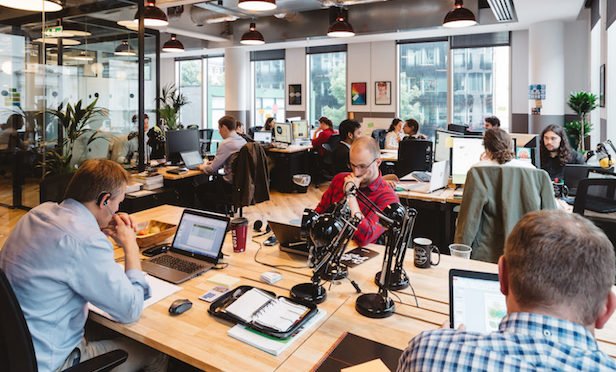In recent years, 3D printing has revolutionized various industries worldwide, and Malaysia is no exception. This innovative technology has gained immense popularity for its ability to transform digital designs into tangible objects with remarkable precision. This article aims to provide Malaysians with comprehensive information on 3d print service, including its applications, benefits, and how it works.

What is 3D Printing?
3D printing, also known as additive manufacturing, is a process that creates three-dimensional objects by layering materials on top of one another. Unlike traditional manufacturing techniques that involve subtracting material from a larger block, 3D printing builds objects layer by layer, using digital blueprints or 3D models as a reference. This cutting-edge technology enables the creation of complex shapes and structures that would be challenging to produce through traditional methods.
Why is 3D Printing Important?
3D printing has emerged as a game-changer across various industries due to its numerous advantages. One of the key benefits of 3D printing is its ability to reduce production time and costs significantly. Traditional manufacturing often involves expensive tooling and time-consuming processes, whereas 3D printing allows for rapid prototyping and on-demand production. This capability enables businesses to bring their ideas to life quickly and efficiently, facilitating innovation and product development.
Moreover, 3D printing promotes sustainability by minimizing material waste. With traditional manufacturing, excess materials are often discarded after production. In contrast, 3D printing only uses the exact amount of material required for the object, reducing waste and promoting a greener approach to manufacturing.
How Does 3D Printing Work?
The 3D printing process typically involves several steps. Firstly, a digital 3D model of the desired object is created using computer-aided design (CAD) software or obtained from online repositories. The model is then sliced into multiple thin layers using specialized software.
Next, the sliced model is sent to a 3D printer, which uses various additive techniques to construct the object layer by layer. The printer reads the digital model and deposits material accordingly, such as plastic, metal, or resin, based on the specific technology used. Some common 3D printing technologies include fused deposition modeling (FDM), stereolithography (SLA), and selective laser sintering (SLS).
Once the printing process is complete, the object may require additional post-processing steps such as polishing, sanding, or painting to achieve the desired finish. The final result is a physical object that matches the original digital design.

Conclusion
As 3D printing continues to gain momentum globally, Malaysia is embracing this transformative technology across diverse sectors. From healthcare to manufacturing, 3D printing offers unprecedented opportunities for innovation, cost reduction, and sustainable production. By harnessing the power of 3D printing, Malaysians can unlock a new world of possibilities, empowering entrepreneurs, industries, and researchers to push boundaries and create a brighter future.
Remember, 3D printing is not limited to industry professionals. Hobbyists, students, and enthusiasts can also benefit from this technology by exploring its creative potential. So, whether you’re an aspiring inventor, a small business owner, or simply curious about the future of manufacturing, 3D printing in Malaysia holds immense promise, enabling you to turn your ideas into reality. Embrace this exciting technology and join the revolution today.

